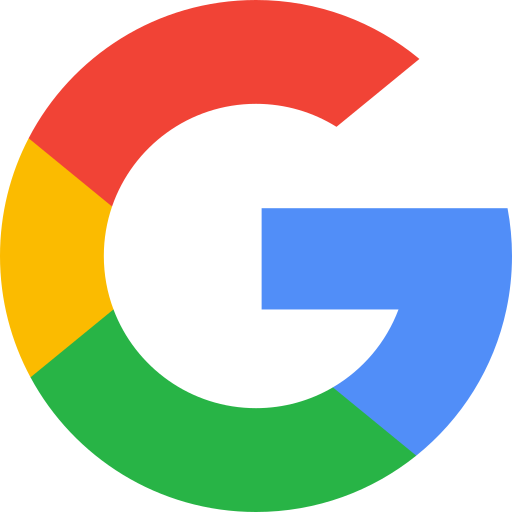Visuals have been at the core of the Audio Industry
Advertisement:
First things first, this is a Work in Progress article, meaning I’ll most likely keep it inconclusive and keep adding to it until I feel it’s complete. That is when this paragraph will get removed. I didn’t want to hold back on this idea reaching people, hence, publishing it as I iterate over it. Drop me a message using the Contact page if you have something to add. Waveforms — how we so easily take them for granted, as if they were always around. “Apply a fade” sounds trivial, doesn’t it? “Move that part of the audio a bit to the left”, “This transient can make this section pop out a bit”, and other similar phrases are part of our day to day lives. It’s very important to remember that in order to apply fades, split, or move things around, the first step is to have the idea of the waveform itself. Visualisation of sound could have gone in many directions, sonic-pun intended. But it landed in the way we see today. [more thoughts on waveform to be added here] Spectrogram is another piece of art: by art I don’t mean that some audio file happens to look cool in its spectrogram view, but the process & idea of visualising sound as an image that uses intensity of colors to determine loudness and that eventually enabled us to edit frequency regions with “lasso” tools! [more on Spectrogram to be added] The next big thing I think will come down to how we begin with these zeroth-level steps. MFCCs, and many other ways to interpret audio have already opened up new doors. [a few more example of visualisation to be added here] As a food for thought, I’ve been brainstorming over the concept of sound & audio. We often refer to a synth sound as “sound”. You might want to call it “audio”. Imo, at least as of 10:29pm here, I prefer to use the word “data” for anything that’s created inside the computer. For me, the physical movement of molecules is “vibrations”. Those vibrations reaching our ears and happening to be above 20Hz is “sound”, the perceived experience. Anything below 20Hz is a “feeling”, for the lack of a better word as I write this. If I record that vibration into analog or digital media, that ‘thing’ is “audio” which in essence is “data”. Going in the other direction, if something was generated in the analog or digital media itself, it’s just “data”, until it reaches the speakers which is when it becomes “sound” and our realisation that the “data” was perceived by our brain as “sound”, makes it “audio”. Makes sense? [Will write more on using this to think of visualisation] Besides visualising sounds, the form factor of the tools created, digital or otherwise, influence how we’d interact, interpret and modify sounds. Could there be Daft Punk if not for the arpeggiators & synthesisers? [more examples of artists & tech usage here] Analogy of Periodic Table — the fact that D. I. Mendeleyev’s observation that certain properties of the elements recurred periodically when he arranged them according to their atomic number, gave rise to the periodic table that is a key part of modern chemistry. If not for this way of visualisation, there would still be no organised way of thinking about elements or knowing their affinities to one other.
Written by Prashant Mishra
Audio Developer Conference (ADC) | Game Audio India | National Institute of Design | Music Hack Day India | Music Tech Community | Previously contributed to School of Video Game Audio
